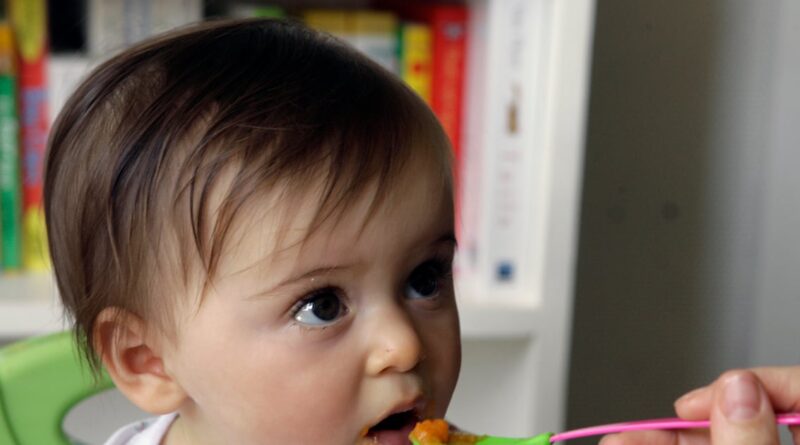A study says 60% of children’s grocery meals do not meet nutritional guidelines
The US has not set nutritional guidelines for commercial foods for infants and young children, but the World Health Organization has. And a new study says nearly 60% of baby food in US supermarkets is unhealthy.
In a study published in the journal Nutrients, an international team of researchers from The George Institute for Global Health looked at the nutritional status of infant and toddler foods on the shelves of 10 US grocery chains, and compared them to recommendations. of the international health organization, born in 2022.
Of the 651 products considered, 60% failed to meet the nutritional requirements set by the WHO in its “nutrition and marketing model.” Seventy percent failed to meet protein requirements, while 44% had too much sugar. One in four products did not meet calorie requirements and 20% contained too much salt.
“Our results highlight the urgent need for better regulation and guidance in the infant and toddler food market in the United States – the health of future generations depends on it,” said Elizabeth Dunford, a researcher at the George Institute and assistant of nutrition professor. The University of North Carolina said in a written statement.
He said the results are cause for concern. Childhood is an important period of rapid growth and when taste preferences and eating habits are formed, which may pave the way for the development of chronic diseases such as obesity, diabetes and other types of cancer later in life.”
He added, “Poor parents often choose convenience foods, not realizing that many of these products do not contain the necessary nutrients for the growth of the child and deceive them into believing that they are healthier than they really are.
Snack-size packages fared the worst in the study, with “lowest compliance with nutrient requirements.”
The researchers also noted that baby food pouches are the fastest growing products in baby food in terms of popularity. But less than 7% of those bags met sugar guidelines.
They miss marketing, too
None of the tested products meet WHO’s marketing requirements. The study said that almost all products have at least one advertising claim that was prohibited under the guidelines of the world health center. The study found that, on average, products had four prohibited claims on their packaging and some had 11.
The most common claims were no genetics (70%), organic (59%), no BPA (37%) and no artificial colors/flavors (25%).
Another expert at the research centre, nutritionist Daisy Coyle, said that such claims were causing “healthiness” in the products. He said: “The lack of regulation in this area leaves the door open for the food industry to deceive busy parents. “We have seen this not only in the use of misleading claims, but also in the use of misleading names, where the name a product that did not show the main ingredients found in the ingredients list.”
Coyle noted, for example, that snacks and finger foods are often labeled as fruits and vegetables, but are mostly made from flour and starch.
Is baby food regulated?
“The US Food and Drug Administration has implemented regulations on infant brands and levels of arsenic in baby food, and is issuing recommendations on food safety and handling,” according to CNN.
But foods marketed for babies and toddlers rely on parents to read and understand nutrition labels.
“Are there laws in different countries that are specific to baby and toddler food? The short answer is no, but in Europe, the UK, New Zealand and Australia, where I come from, there are extensive regulations on how ingredients can be listed on a package that affects foods that are fed to children,” Dunford told CNN.
According to the article, “If a sweet food is made of 10% spinach, 8% beef and 2% potato, it leaves a lot of apples or pears in the product – which are often used as sweeteners in baby food – the name of the product in those countries would be ‘horse, spinach, beef and potato,’ he said.
A tool that checks labels?
The George Institute has what it calls the “FoodSwitch” database, which contains information on thousands of packaged foods not only in the United States, but in Australia, China, Fiji, Hong Kong, India, Kuwait, New Zealand, South Africa and United Kingdom. .
According to the agency’s website, “The FoodSwitch app works by using your phone’s camera to scan the barcode of packaged food. It then uses science-based algorithms to calculate and display simple nutritional information.” of food.”
Customers can scan the barcode and if the item is in the database, the app will find the numbers in the database. “This is presented as easy-to-understand nutritional information that can be viewed as a Health Star Rating (HSR) or color-coded images for key nutrients and energy,” the agency reports.
Smartphone apps for iOS and Android and full description can be found here.
#study #childrens #grocery #meals #meet #nutritional #guidelines
